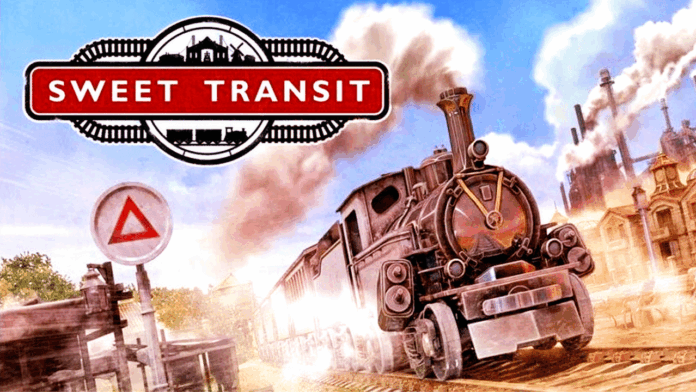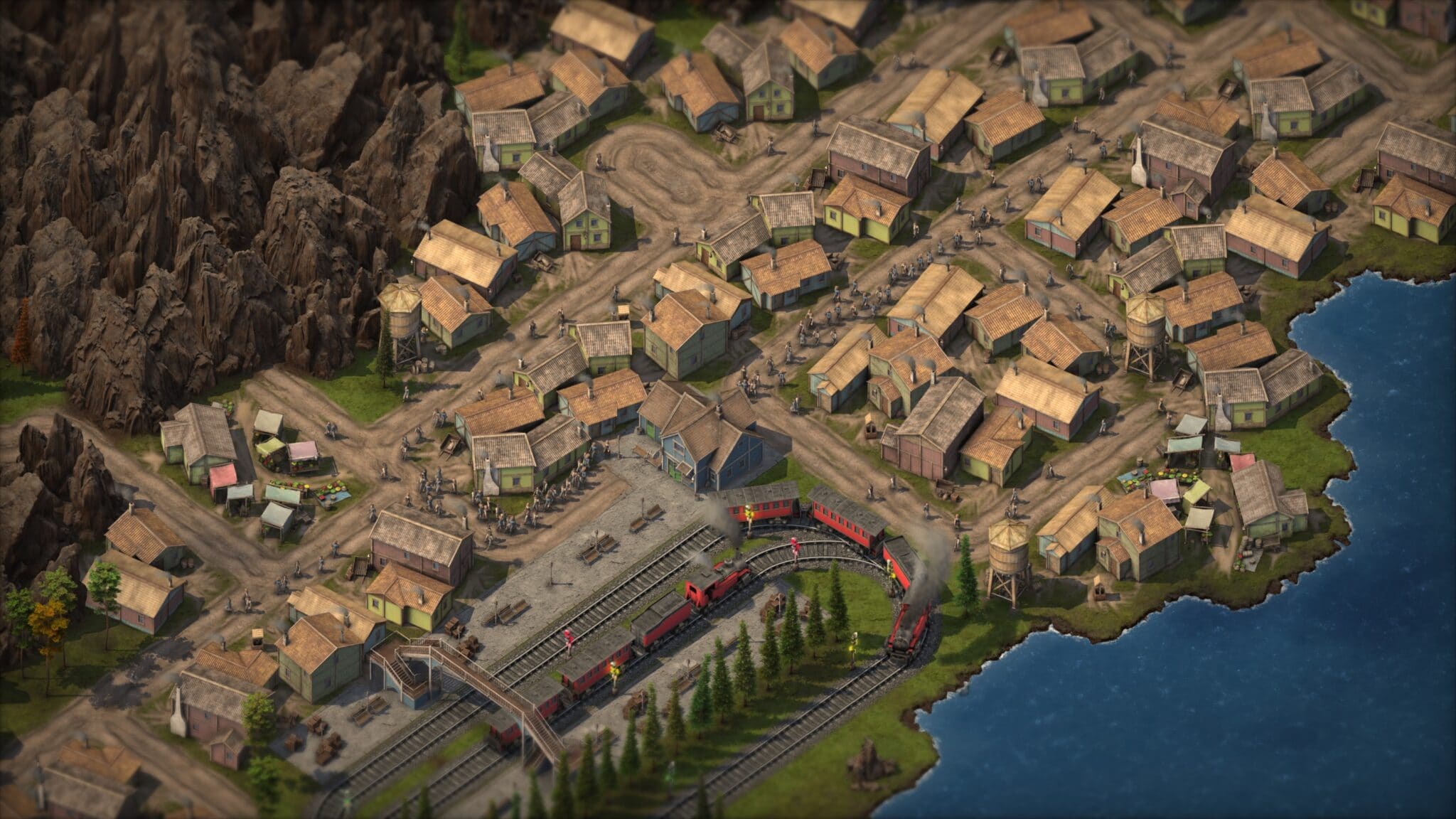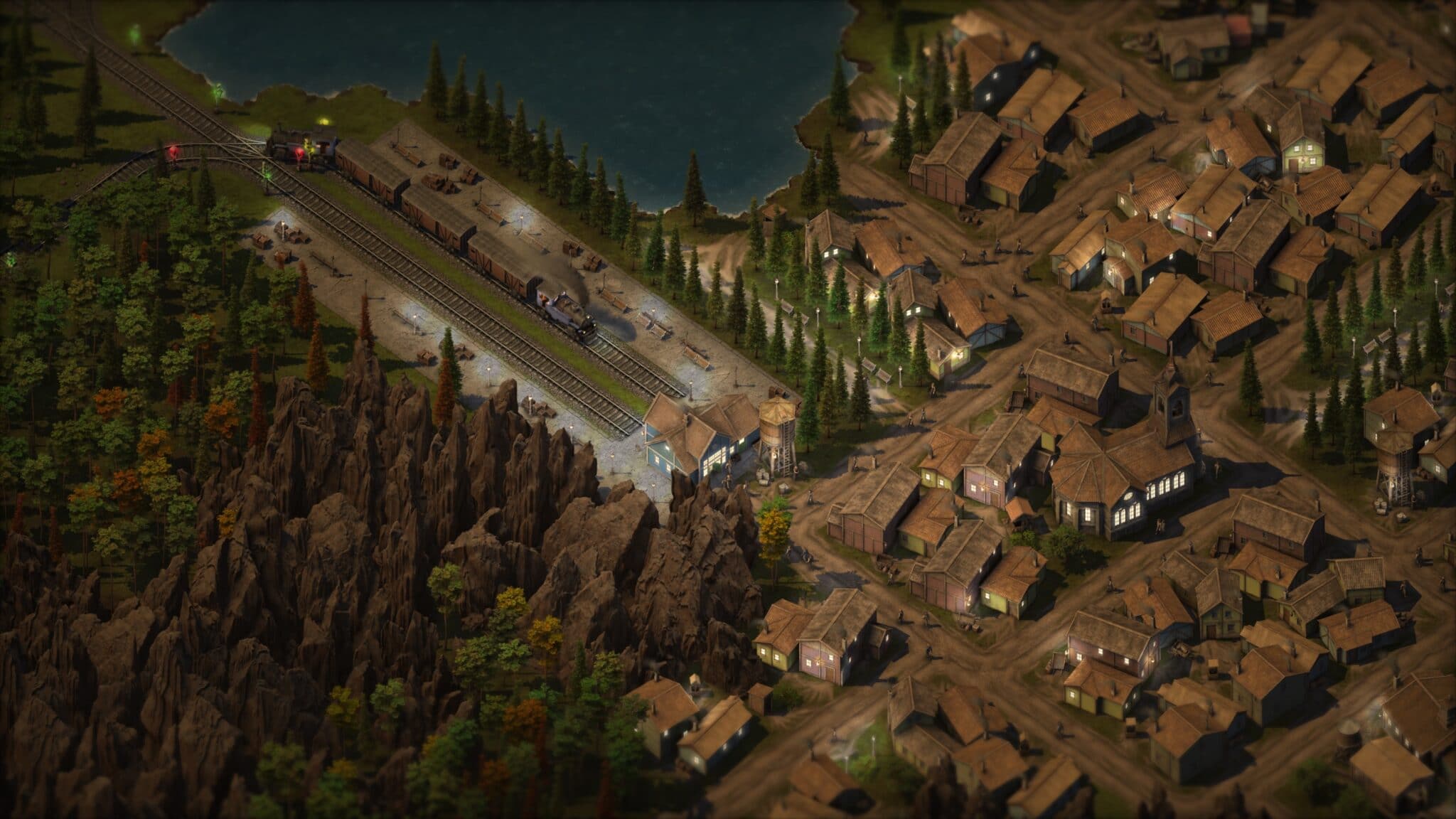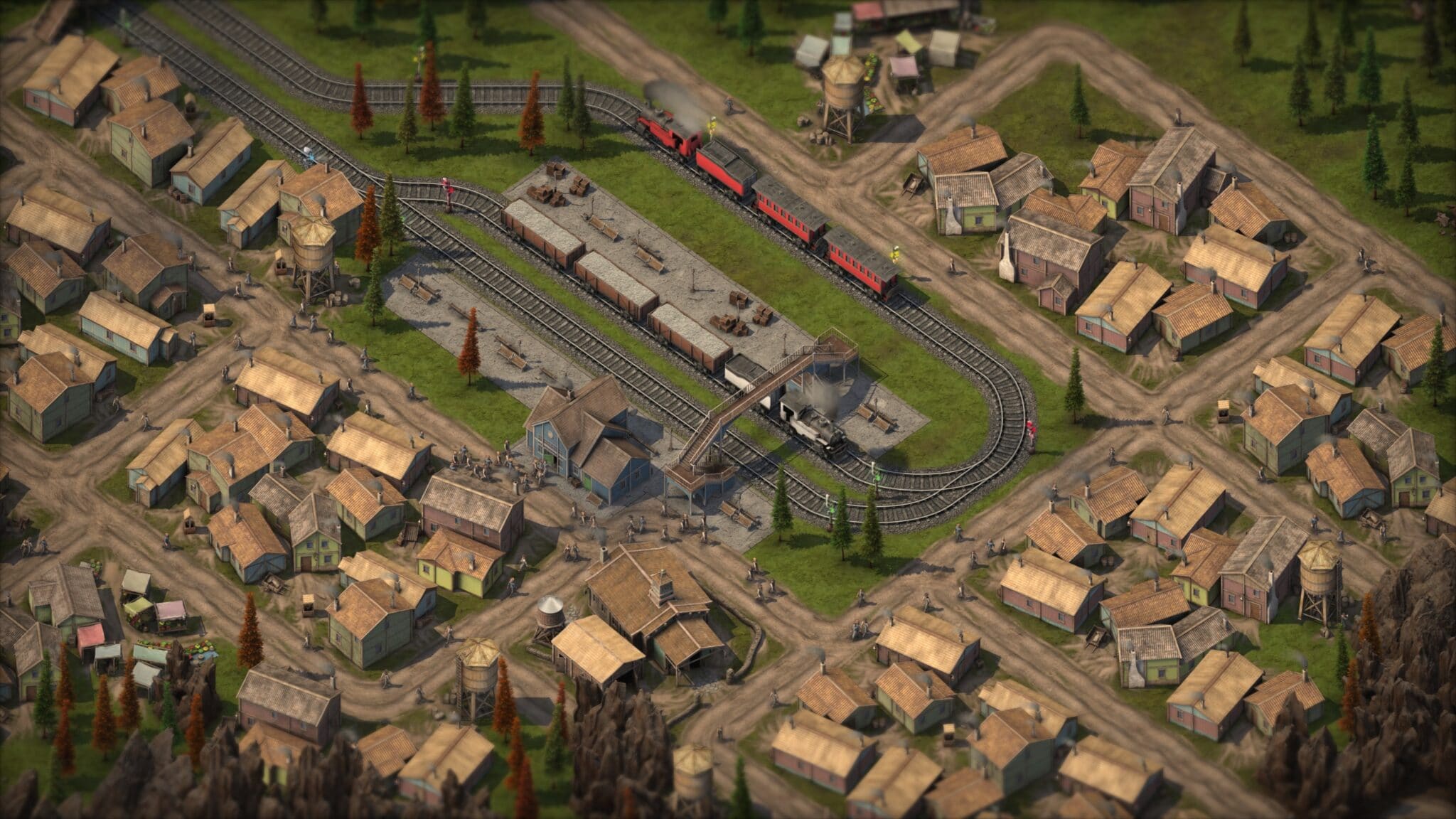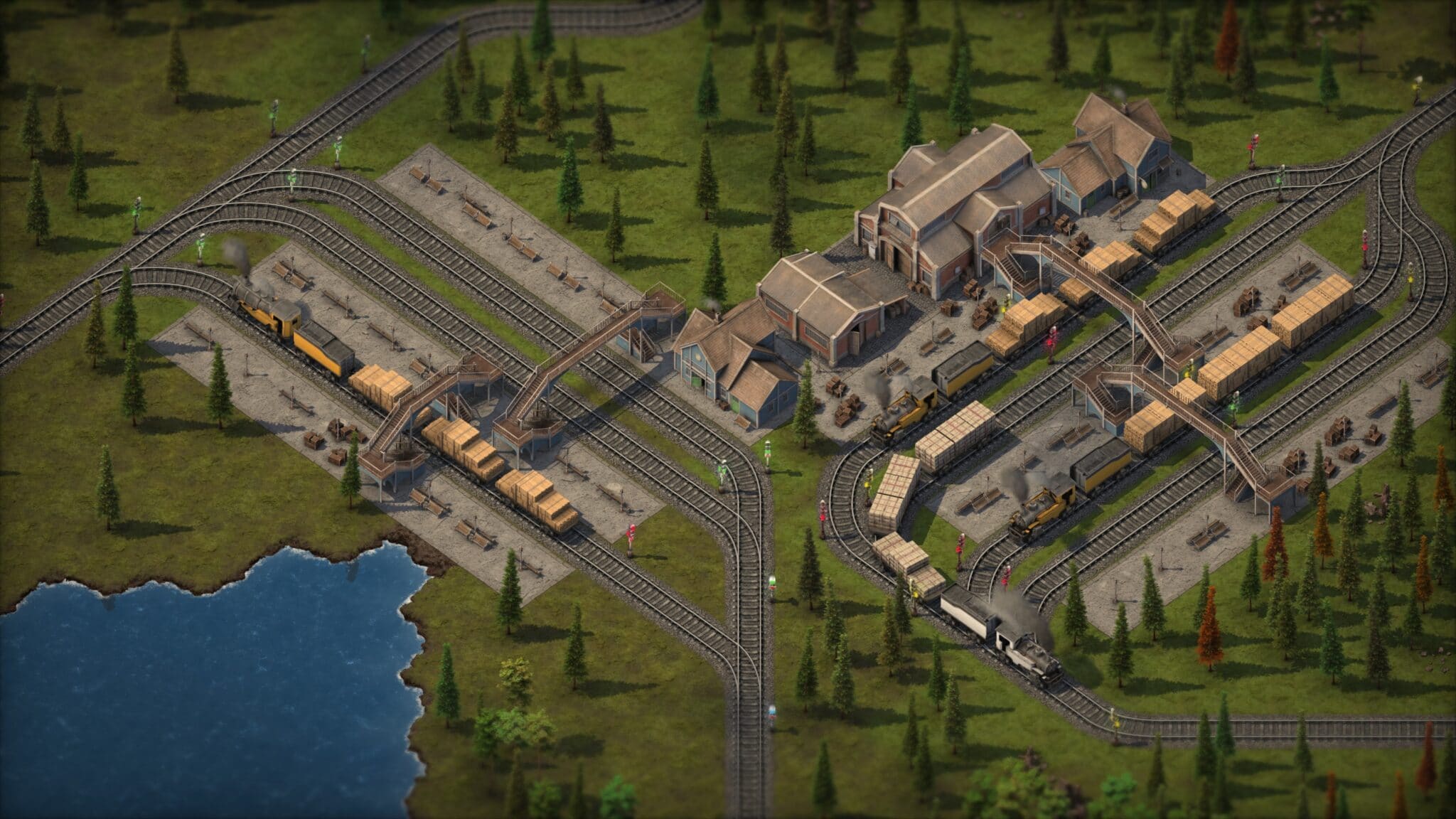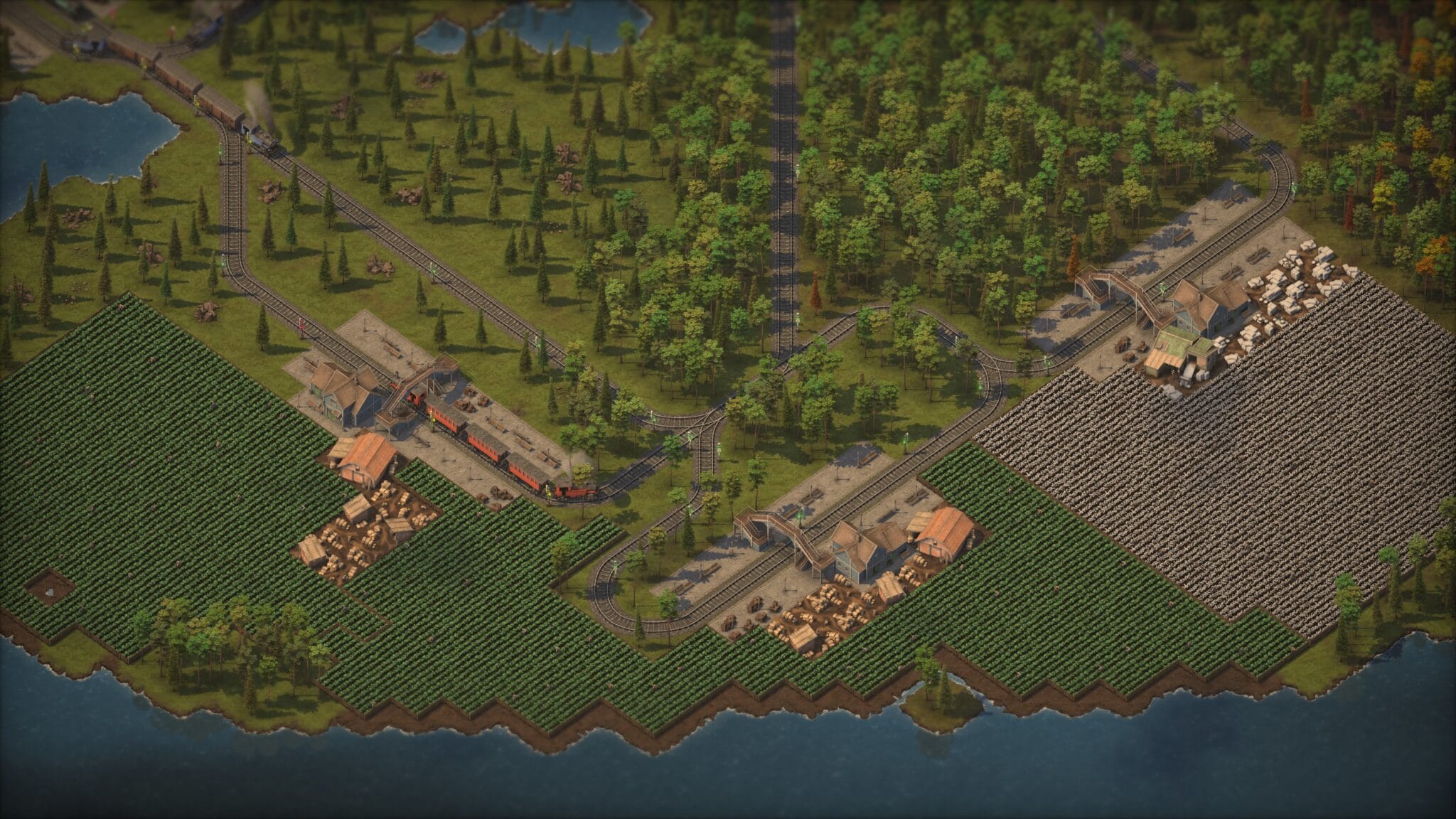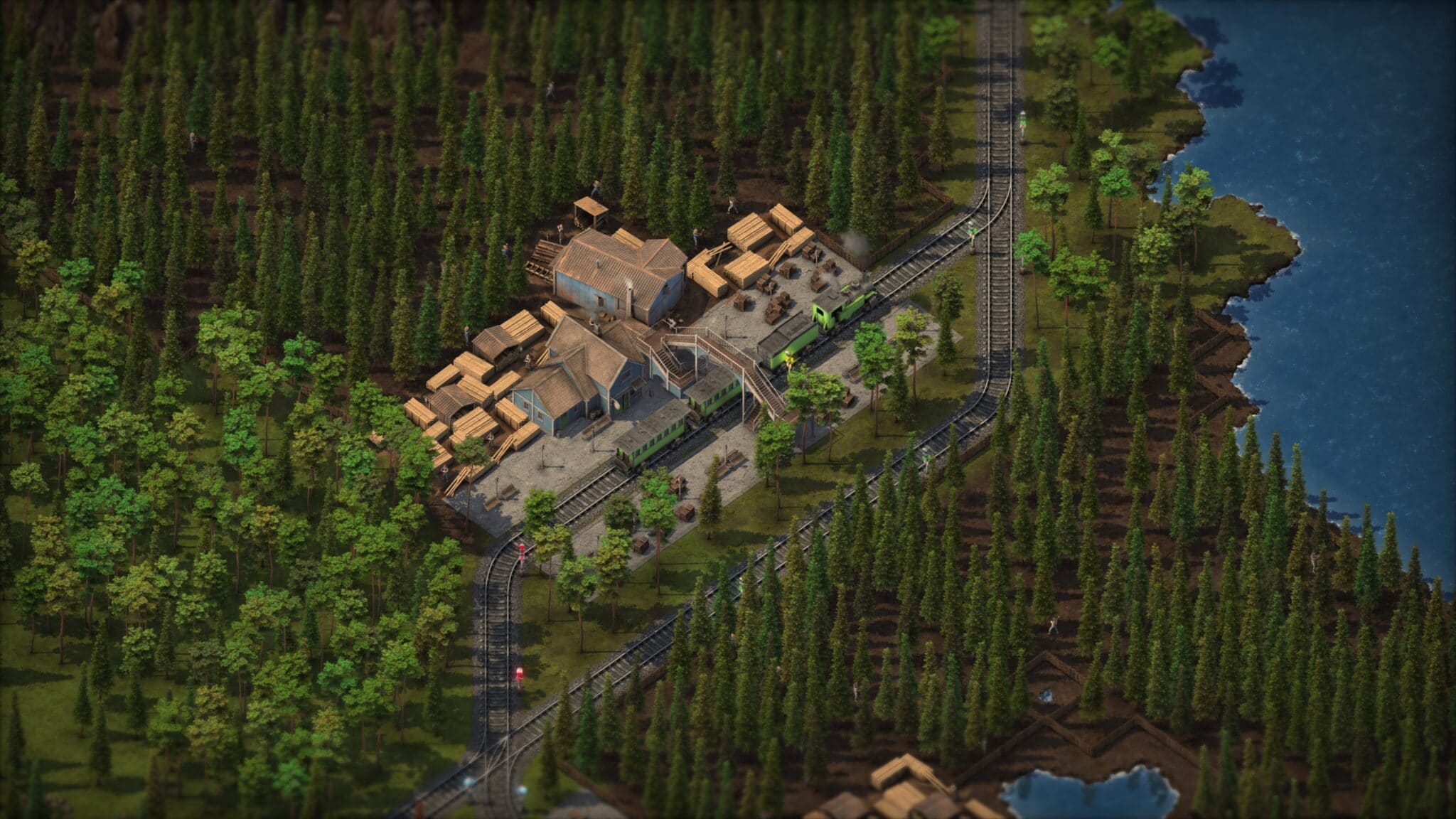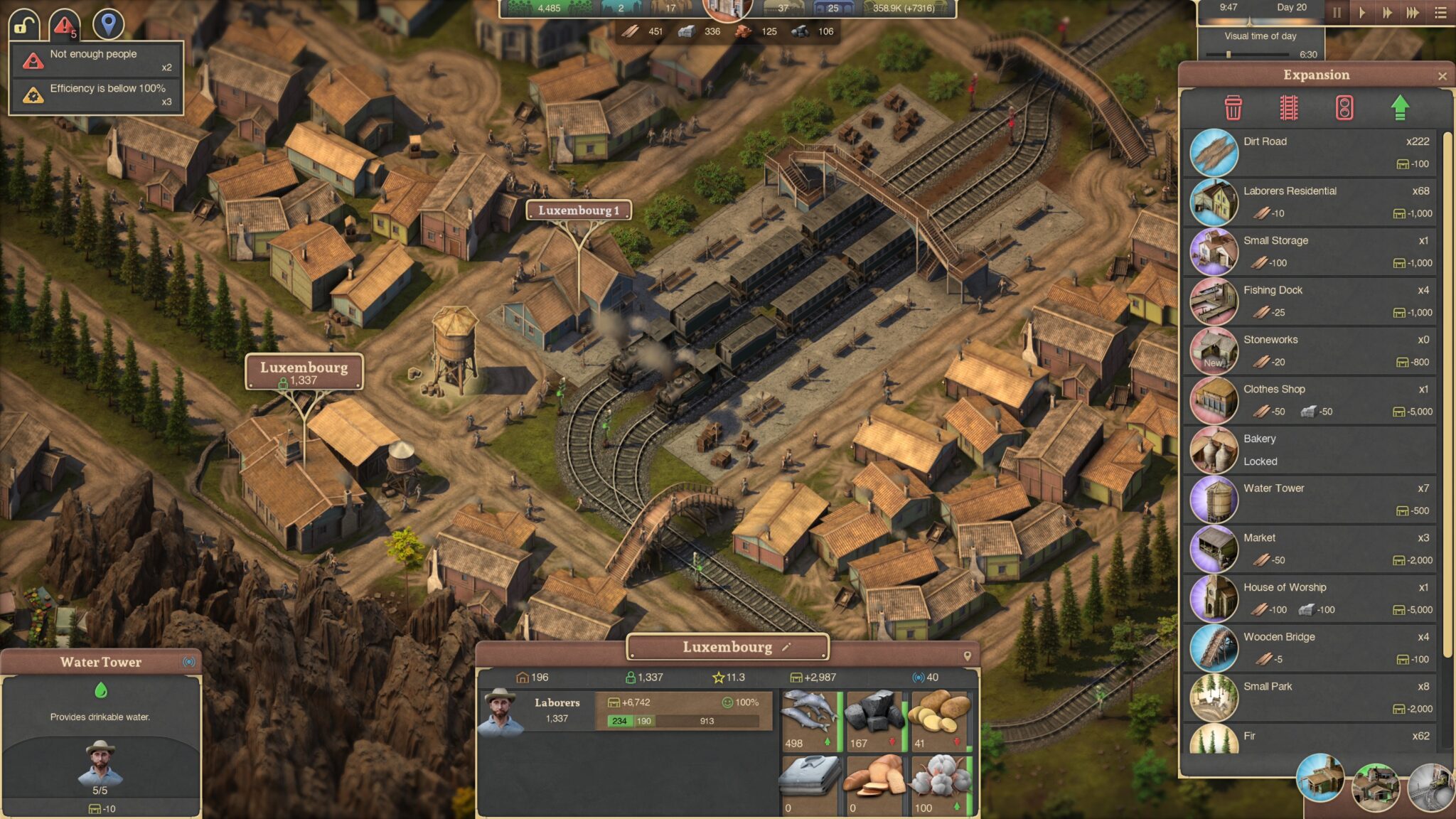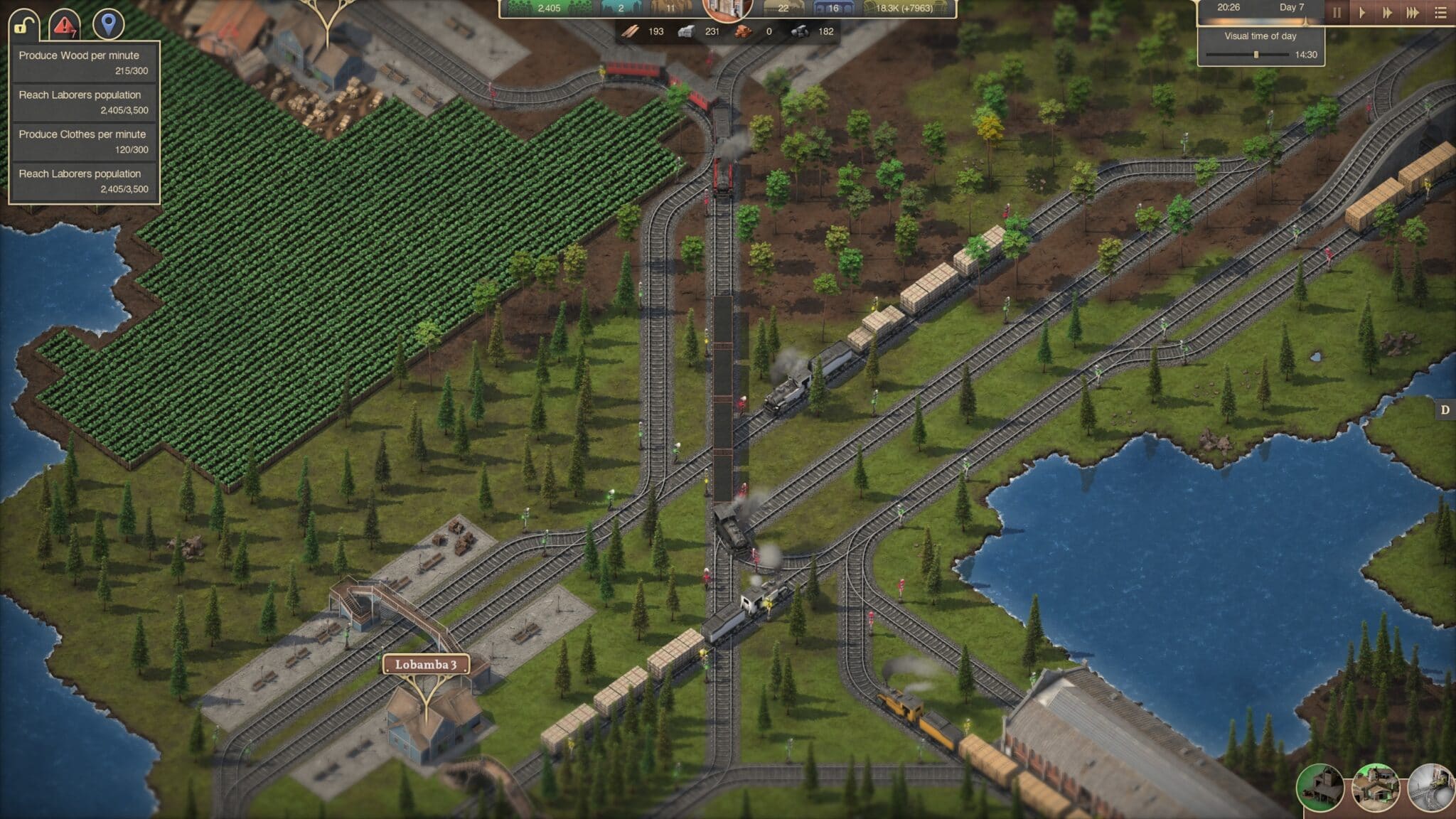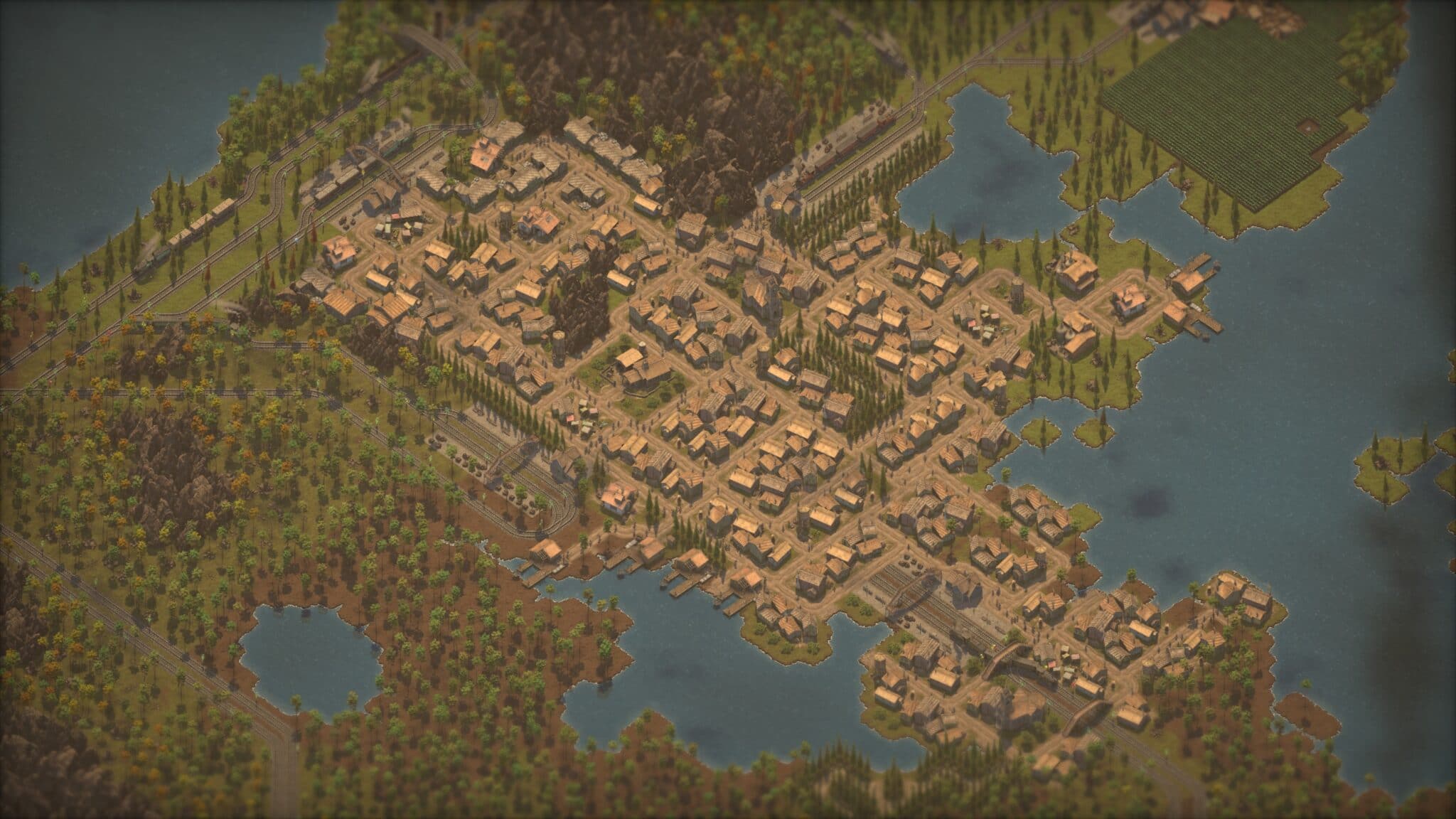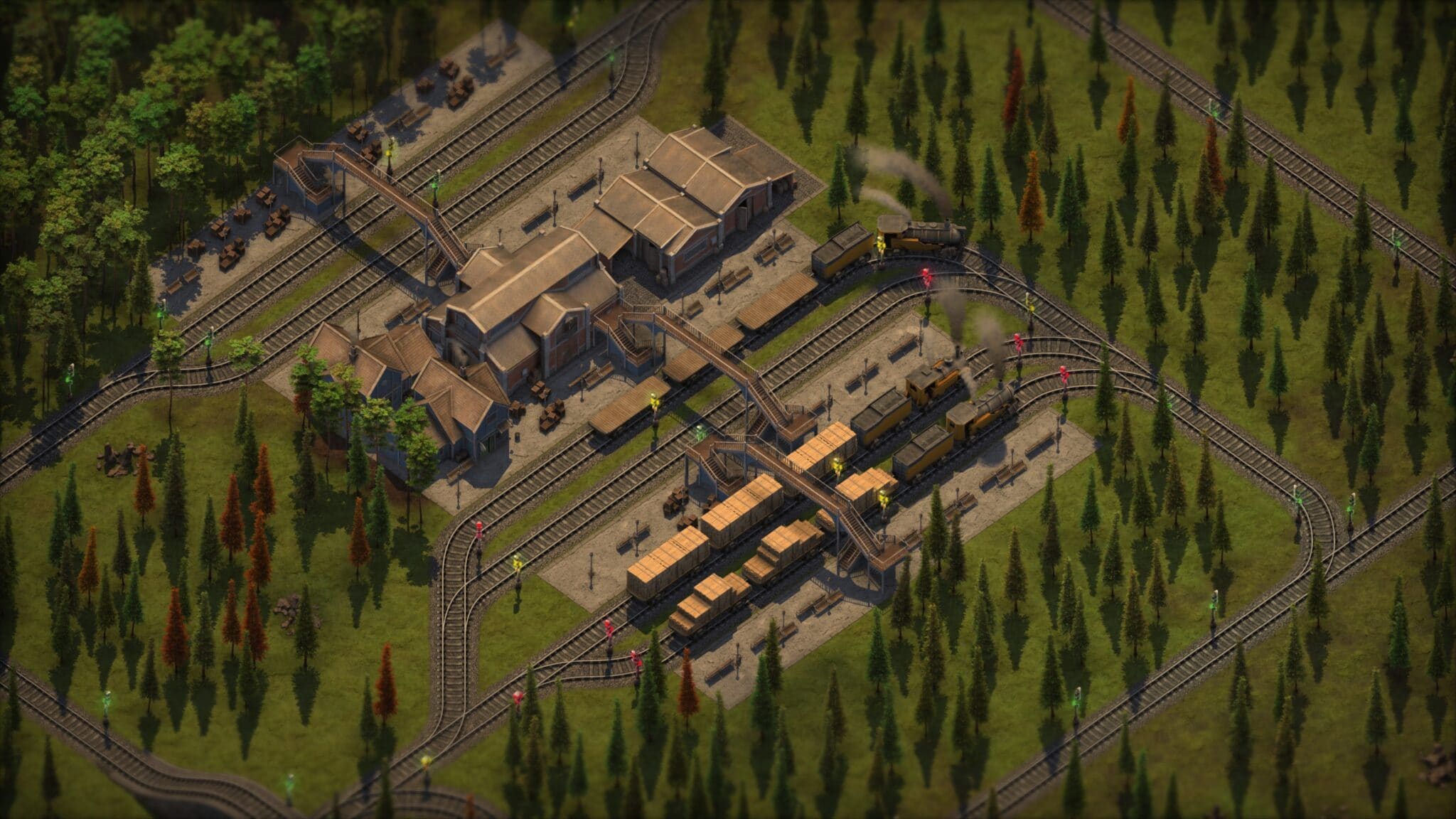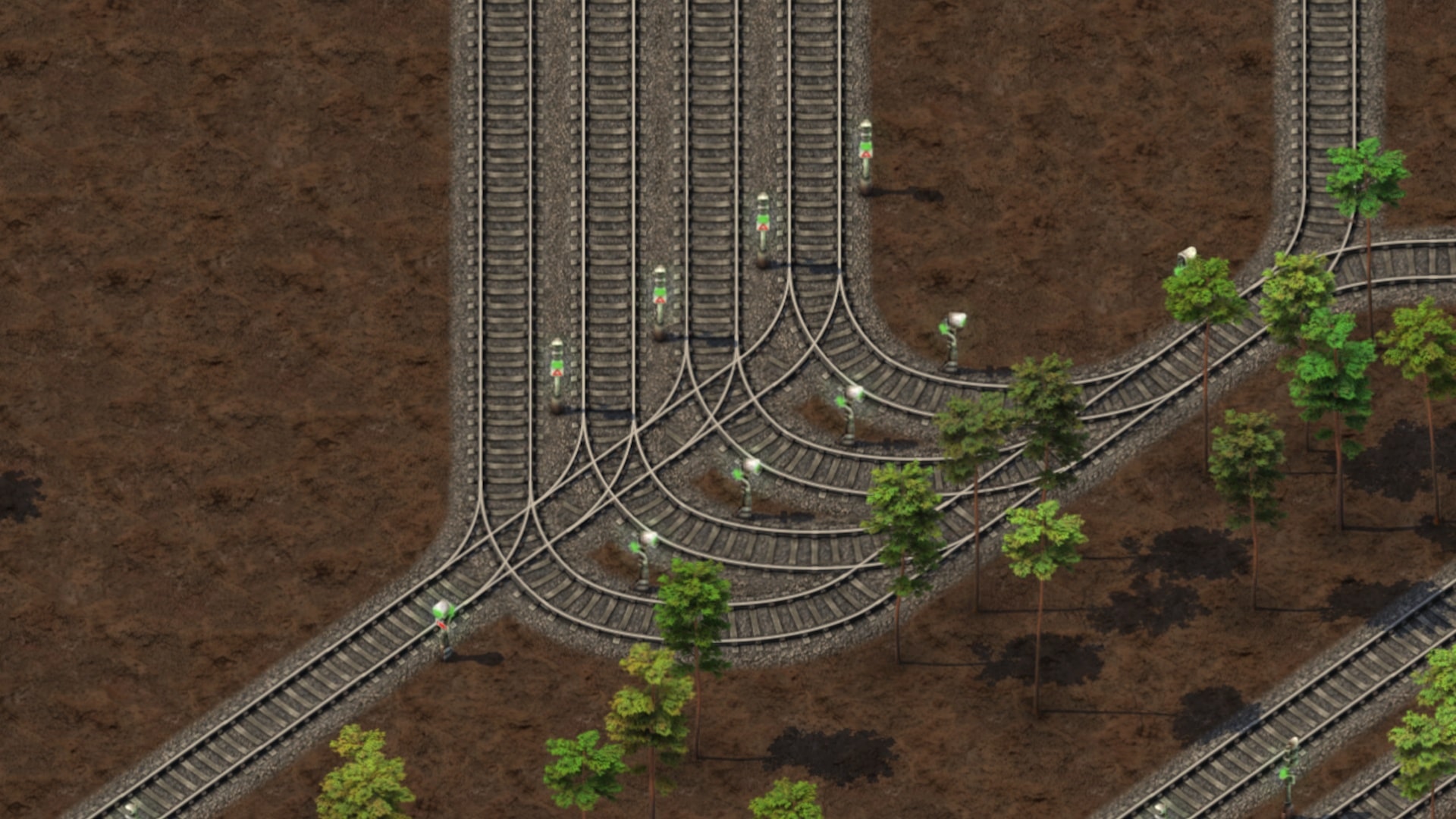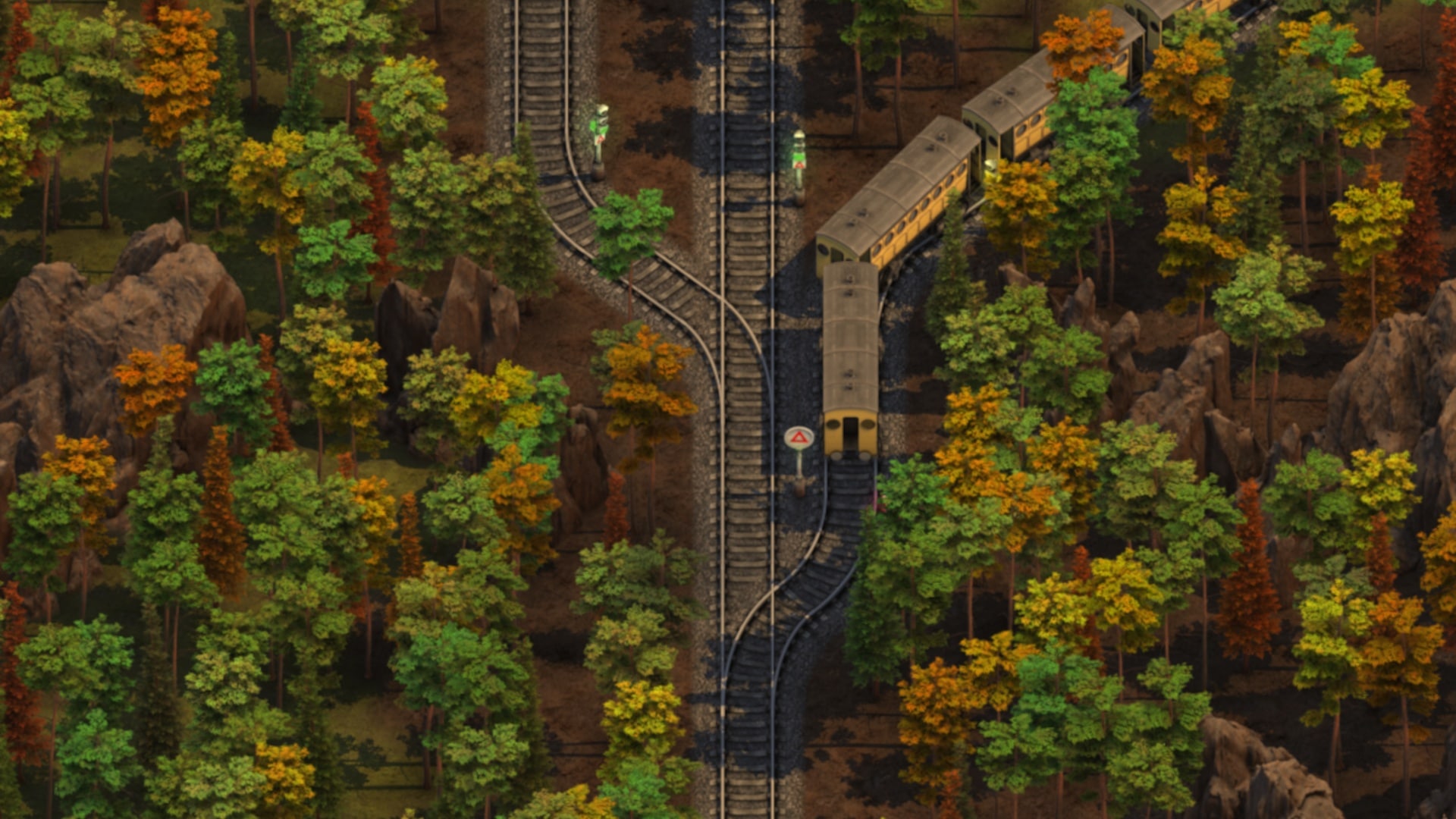Sweet Transit combines city-building and railway sim. Does it play fun for construction fans too or does it only appeal to hobby locomotive drivers?
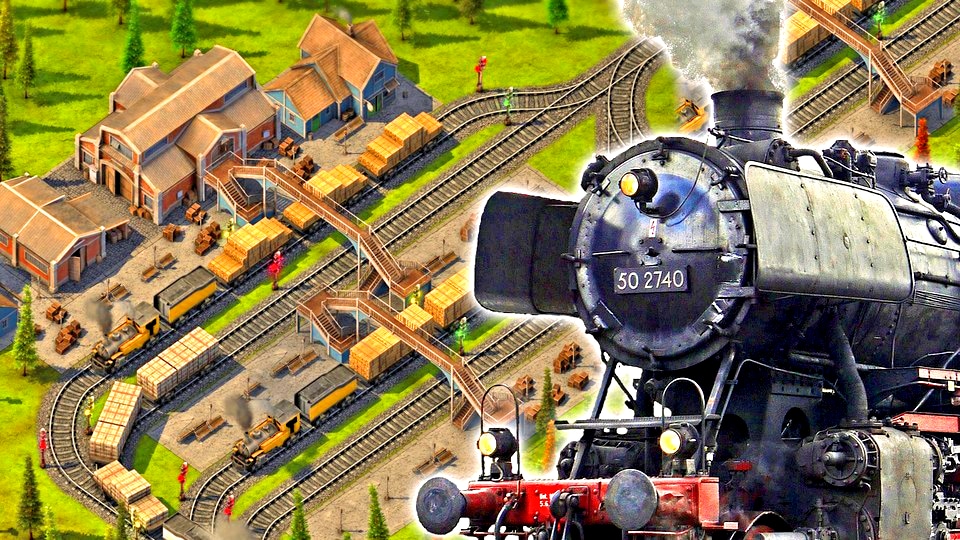
I can’t quite explain my enthusiasm for railways. Maybe it’s because I come from a railway family. Or that I lived right next to a train line as a child. Whatever the case, the first pictures of Sweet Transit certainly awakened my steam locomotive and construction enthusiasm, so I wanted to try out the game from the start.
After several hours with a beta version, which is supposed to include all the basic features, my conclusion is as follows: Sweet Transit is really fun, even if it still suffers from some teething troubles. Of course, all content is subject to change until the release date. But since Sweet Transit is still scheduled for release in Early Access in 2022, the basic gameplay will probably not be subjected to any more major distortions.
Table of Contents
A World of Railways
In Sweet Transit everything revolves around the railway. You can tell that from the very beginning of the game. As in most construction games, however, you first have to place some basic buildings and create a village from scratch. You already have some building materials at your disposal, which you use to build a warehouse and the centre of your settlement.
Soon you can and must start running your first trains. But if you think that you first have to produce metals and research technologies, you’re wrong! Fiddlesticks! You only need a small number of settlers to be allowed to build a train depot. There you can order the trains you need in exchange for money and coal. You equip the trains with different wagons, a coal tender and later also different locomotives.
The first tracks go to the sawmill and the coal mine. For building you need mainly wood and your trains will only run at maximum power with enough fuel. Later, stops are added at the potato farm, the quarry, the cotton plantation and more. Part of these supply routes are always freight and passenger trains, because the inhabitants of your town provide the farmers, lumberjacks and workers you need.
Sweet Transit calls in the right place
The game by solo developer Ernestas Norvaišas is primarily a traffic simulation. You spend most of your time planning, building and optimising your railway lines. Especially at the beginning, this is not easy. Above all, you have to make sure that there are no collisions or trains blocking the tracks.
To do this, you build signals that divide your track into different sections. When the next section is blocked, the train stops at the signal and waits. In addition to the standard signals, there are also two special signal types, namely chain and request signals. Incidentally, the similarity to Factorio is no coincidence, as the developer previously worked as a 3D artist on the construction strategy game.
You build up your town rather casually and have to pay attention to sufficient water supply and the connection to some important services such as the market and the railway station. It is quite easy to ensure a positive balance: I never got into financial difficulties while playing the game.
This gave me more time to build the perfect railway station or to optimise the coal supply. When playing the game, I found it pleasant to be able to concentrate on my job as a dispatcher and route planner.
Little scurry factor, but well-organised chaos
The cities of Sweet Transit still lack life: Although my citizens walk from their houses to the station and board trains, I otherwise notice little of their presence. This makes my city look static and monotonous, even if the 2D graphics themselves look quite pretty:
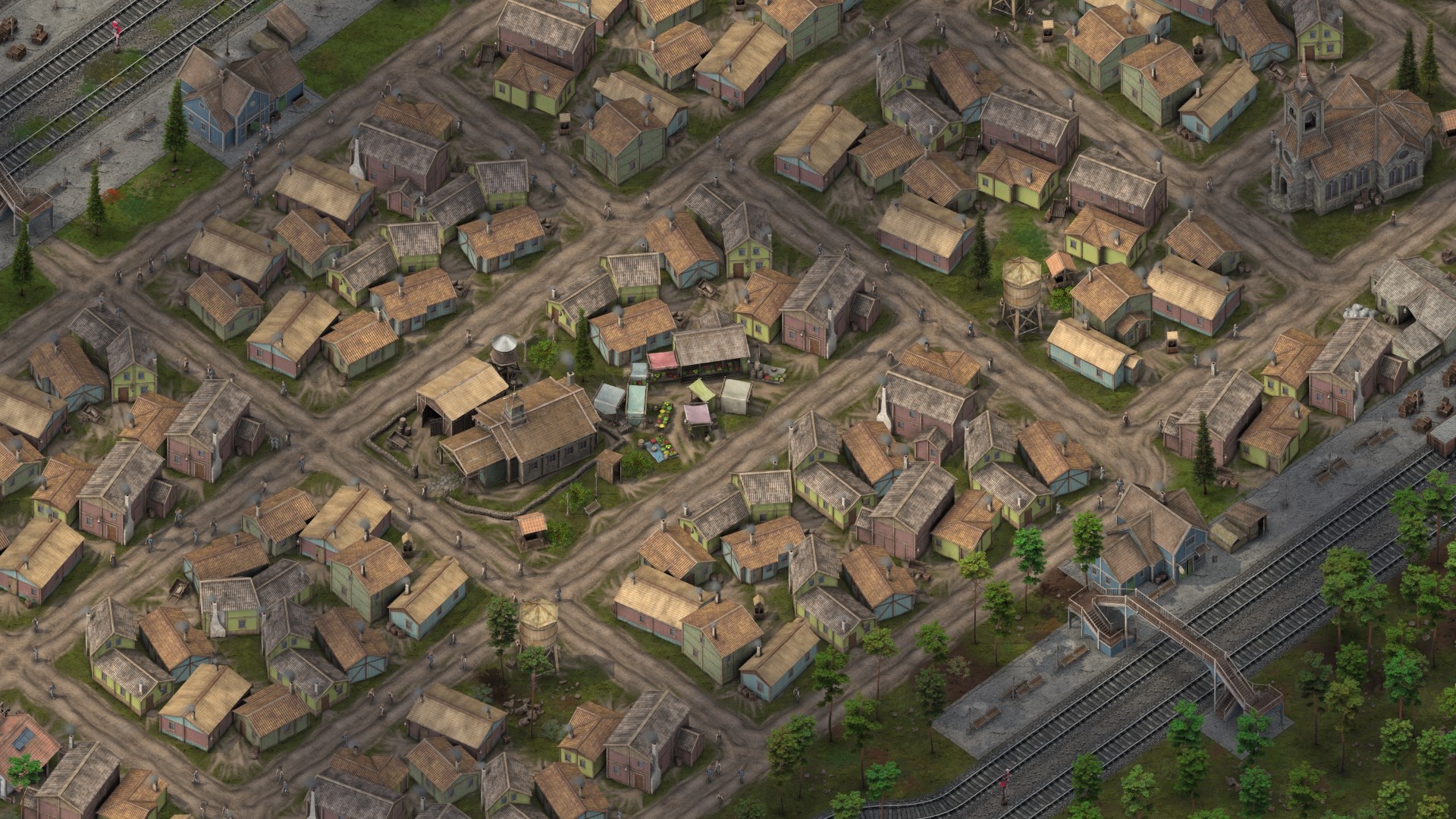
The main focus of Sweet Transit is and remains simply the trains: once you have worked out a functioning railway network that smoothly transports all kinds of goods, workers and later also tourists in all directions, it is a joy to watch the traffic at busy stations.
And the construction and expansion of the routes themselves is also really fun. The more trains you run, the more demanding the traffic control becomes, but the more you can improve it. At some point, you will be managing a huge rail network, and you will be the only one who has a clear overview. A practical overview map will also help you:
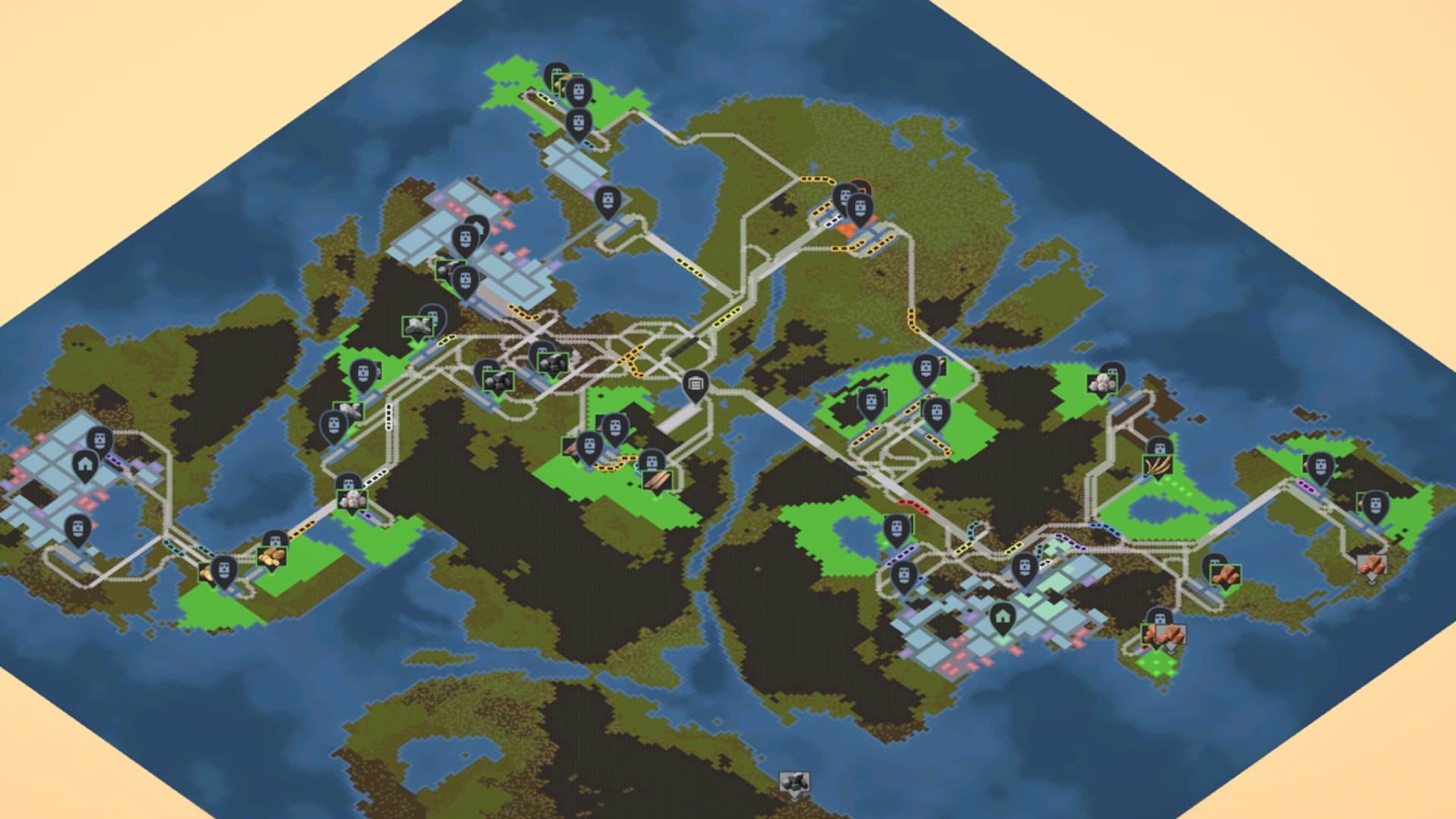
The expansion of the railway network is forced by additional game rules: Every production site needs its own station and stations can only be built at a certain distance from each other. That’s why your tracks already stretch over long distances after a short time. However, there is still enough space later on to expand stations extensively.
Not everything is running smoothly yet
Sweet Transit is already working pretty well, but we did notice a few minor problems when we played it.
(~) The overview map: The overview map mentioned above is handy, but it could offer more practical information. For example, we can view your routes, but it does not mark which train belongs to the route.
(~) Trains cannot be changed: If you transport more goods on a route than before and therefore need a bigger train, you have to sell your old train and build a new one. Here it would be practical if individual wagons could be attached or detached
(~) Complicated building menus: A lot of the building in Sweet Transit works via extensions. For example, you have to select a station to build additional platforms and crossings there. This usually makes sense, but in the case of the village buildings it seems unnecessarily cumbersome. While industry and railways have their own button on the edge of the screen, you have to find and select the village centre manually in order to build any buildings in your settlement.
(~) No difficulty levels: The difficulty level of Sweet Transit is quite low so far, as far as the economic side is concerned. When I played it, I was constantly and without any effort in the plus and didn’t have to worry about money. Some players might wish for more challenges here. However, you cannot select a difficulty level when creating a map.
Editor’s verdict
Sweet Transit really looks promising to me. Especially the construction of stations and railway lines challenges me pleasantly and also promises to keep me busy for longer. Fans of games like Factorio who have had enough of constant attacks by alien monsters will probably feel at home in the more sedate Sweet Transit.
Those looking for a complex city-building simulation, on the other hand, will not find what they are looking for here. After all, building our village takes up far less of our time than our railway activities.
Especially for a game by a solo developer, the railway construction game does quite well. Minor inconsistencies such as the missing features of the overview map and the sometimes cumbersome building menus could still be ironed out before the release. On the other hand, we did not encounter any bugs during our playthrough.
Thus, there is hardly anything standing in the way of Sweet Transit becoming a real construction insider’s tip. The game will probably also be expanded and improved considerably, as it will initially be released in Early Access.

